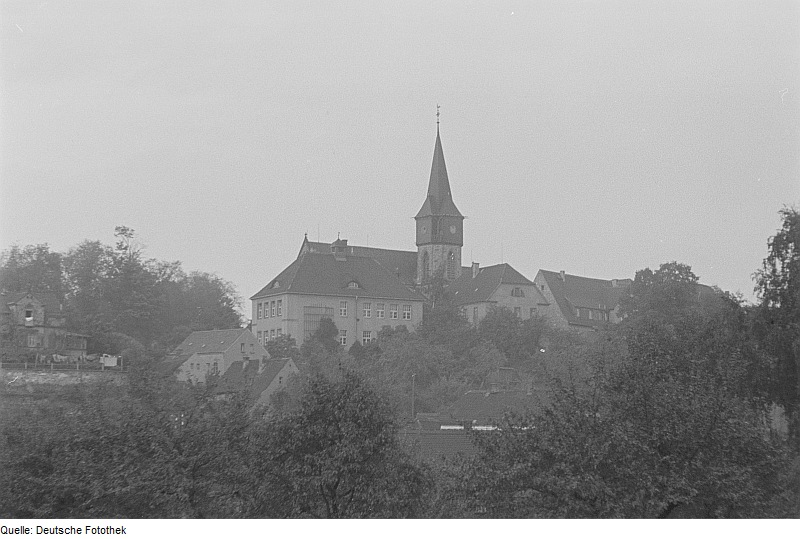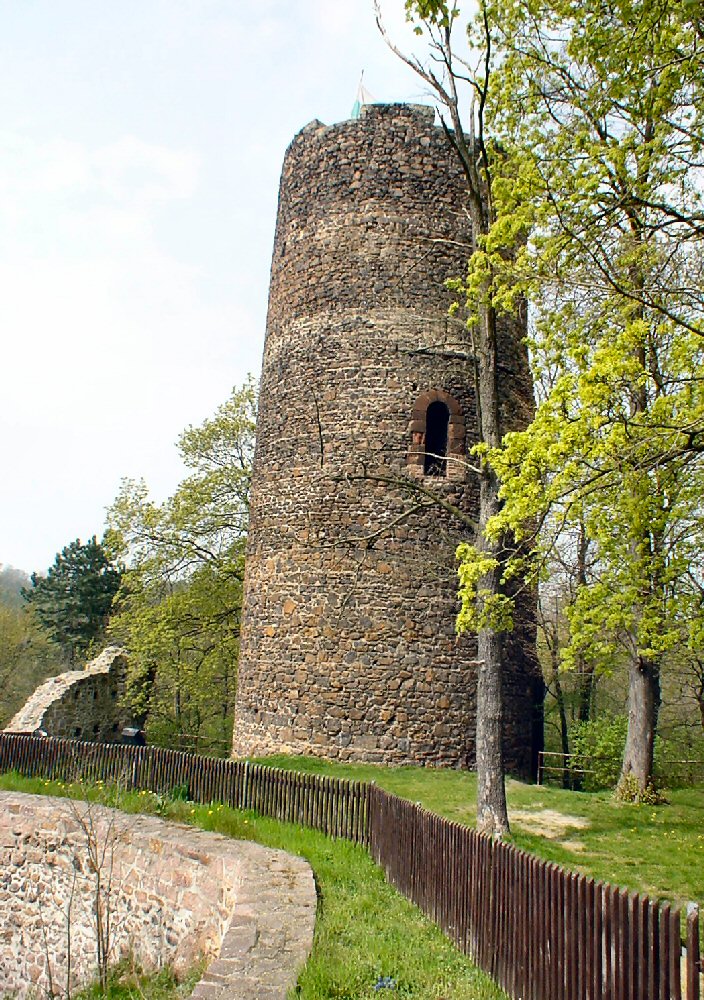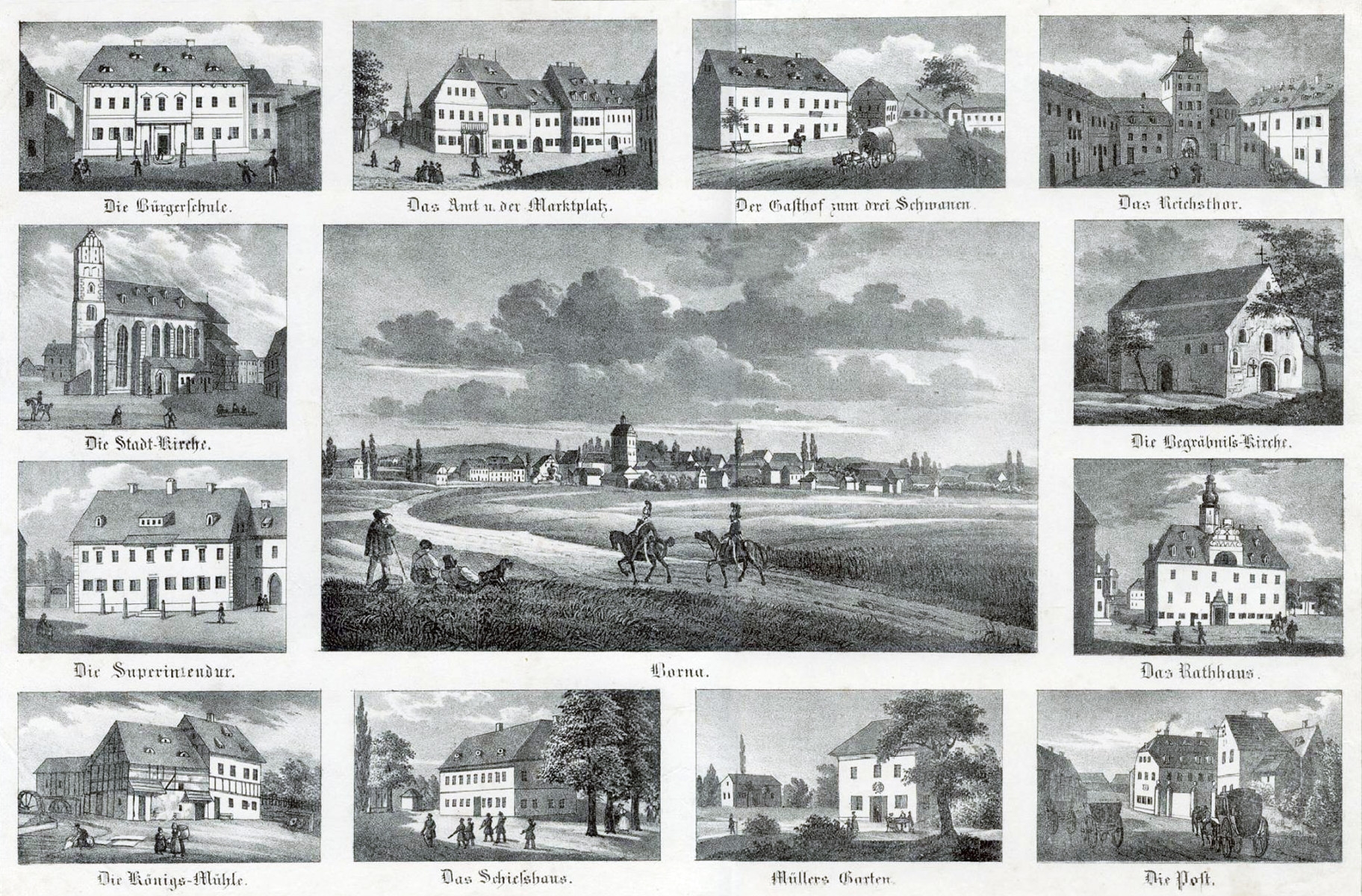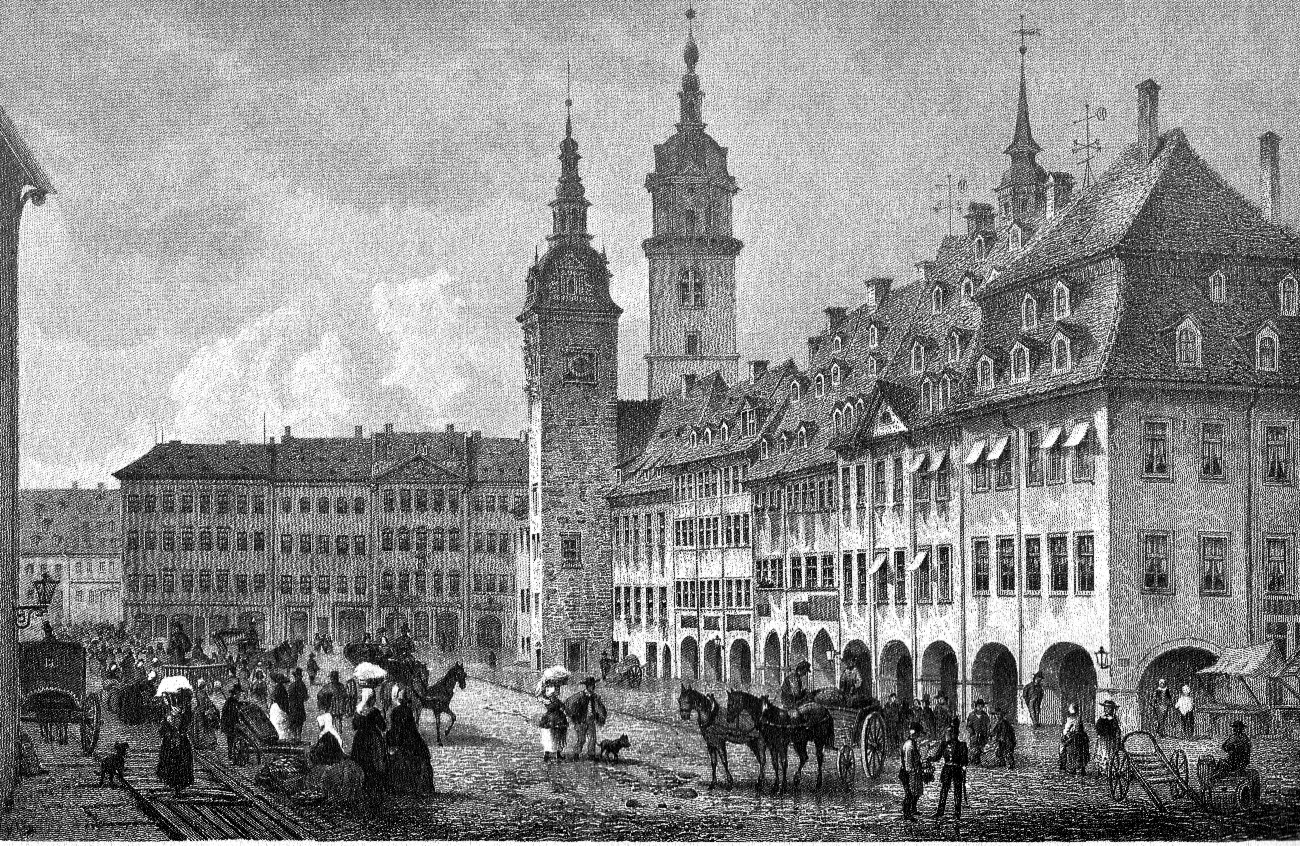|
Kohren-Sahlis
Kohren-Sahlis is a town and a former municipality in the Leipzig district, in Saxony, Germany. Since January 2018, it is part of the town Frohburg. It is situated 14 km southeast of Borna, and 31 km northwest of Chemnitz. History The first documented mention of Kohren-Sahlis was in 974. Nazi Era From 1 November 1942 to 14 April 1945 the children's home "Sonnenwiese" (Sunny Meadow), which was operated by the SS Lebensborn organization, was located in Kohren-Salis. Primarily children abducted from Norway were placed here before they were passed on for adoption to families loyal to the Nazi system . , Eintrag 20050 - Kinderheim Sonnenwiese, Kohren-Sahlis. Religion [...More Info...] [...Related Items...] OR: [Wikipedia] [Google] [Baidu] |
Frohburg
Frohburg is a town in the Leipzig district, in Saxony, Germany. It is situated 11 km northeast of Altenburg, and 34 km southeast of Leipzig. It includes the village of Flößberg and the town Kohren-Sahlis. History Frohburg castle was first mentioned in documents at the end of the 10th century, the first documentary mention of the settlement itself dates from 1198, and in 1233 it is known as a town (''oppidum''), although it had no explicit town privileges and was directly ruled by the lord of the castle, which at this time was the burgrave of Altenburg. Town privileges were only awarded to Frohburg in 1831, and the first mayor elected three years later. Until the mid-16th century, Frohburg was part of '' Pflege'' Altenburg, and from then on until 1856 of Amt Borna. From then on it was the centre of the judicial district (''Gerichtsamt'') Frohburg, until it passed to ''Amtshauptmannschaft'' (district) Borna. Following a recession in the 19th century, the establi ... [...More Info...] [...Related Items...] OR: [Wikipedia] [Google] [Baidu] |
Kohren Castle
Kohren Castle (German:Burg Kohren), also known as ''Chorun'' or ''Sahlis'', is the ruin of an imposing hill castle in the town of Kohren-Sahlis in Leipzig county in Saxony. History The origin of the town Kohren can be traced back to the time of the Sorbian settlement in the Early Middle Ages. Emperor Otto II gifted the forest between the rivers Saale and Mulde The Mulde () is a river in Saxony and Saxony-Anhalt, Germany. It is a left tributary of the Elbe and is long. The river is formed by the confluence, near Colditz, of the Zwickauer Mulde (running through Zwickau) and the Freiberger Mulde (with ... to the Bishop of Merseburg in year 974. Castles in Saxony Buildings and structures in Leipzig (district) ... [...More Info...] [...Related Items...] OR: [Wikipedia] [Google] [Baidu] |
Gnandstein Castle
Burg Gnandstein or Gnandstein Castle is located in Gnandstein, part of the city of Kohren-Sahlis in the Leipziger Land district of Saxony, Germany. The castle is considered the best preserved fortress in Saxony. Geography The castle stands on a hill overlooking the valley of the river Wyhra in central Saxony. It is situated on the border with Thuringia. History The castle was built in the Romanesque style in the 13th century, probably only with a rectangular groundplan and a residential tower. Parts of the present building still date from this early period. The external walls were extended several times. During the Thirty Years' War The Thirty Years' War was one of the longest and most destructive conflicts in European history, lasting from 1618 to 1648. Fought primarily in Central Europe, an estimated 4.5 to 8 million soldiers and civilians died as a result of battl ... the castle was attacked by Swedish troops and partly destroyed. Shortly before the end of the ... [...More Info...] [...Related Items...] OR: [Wikipedia] [Google] [Baidu] |
Saxony
Saxony (german: Sachsen ; Upper Saxon: ''Saggsn''; hsb, Sakska), officially the Free State of Saxony (german: Freistaat Sachsen, links=no ; Upper Saxon: ''Freischdaad Saggsn''; hsb, Swobodny stat Sakska, links=no), is a landlocked state of Germany, bordering the states of Brandenburg, Saxony-Anhalt, Thuringia, Bavaria, as well as the countries of Poland and the Czech Republic. Its capital is Dresden, and its largest city is Leipzig. Saxony is the tenth largest of Germany's sixteen states, with an area of , and the sixth most populous, with more than 4 million inhabitants. The term Saxony has been in use for more than a millennium. It was used for the medieval Duchy of Saxony, the Electorate of Saxony of the Holy Roman Empire, the Kingdom of Saxony, and twice for a republic. The first Free State of Saxony was established in 1918 as a constituent state of the Weimar Republic. After World War II, it was under Soviet occupation before it became part of the communist East ... [...More Info...] [...Related Items...] OR: [Wikipedia] [Google] [Baidu] |
Germany
Germany, officially the Federal Republic of Germany (FRG),, is a country in Central Europe. It is the most populous member state of the European Union. Germany lies between the Baltic and North Sea to the north and the Alps to the south. Its 16 constituent states have a total population of over 84 million in an area of . It borders Denmark to the north, Poland and Czechia to the east, Austria and Switzerland to the south, and France, Luxembourg, Belgium, and the Netherlands to the west. The nation's capital and most populous city is Berlin and its main financial centre is Frankfurt; the largest urban area is the Ruhr. Settlement in what is now Germany began in the Lower Paleolithic, with various tribes inhabiting it from the Neolithic onward, chiefly the Celts. Various Germanic tribes have inhabited the northern parts of modern Germany since classical antiquity. A region named Germania was documented before AD 100. In 962, the Kingdom of Germany formed the ... [...More Info...] [...Related Items...] OR: [Wikipedia] [Google] [Baidu] |
Borna, Leipzig
Borna () is a town in Saxony, Germany, capital of the Leipzig district. It is situated approximately 30 km southeast of Leipzig city. It has approx. 19,000 inhabitants. The town is the district seat of the district of Leipzig. Geography Borna is located about south of Leipzig. The river Wyhra flows through the town. The surrounding landscape has been influenced by open-cast coal mining. The town lies in the middle of Central German Metropolitan Region, with Leipzig distant, Gera , Chemnitz , Halle , and Dresden . Neighboring large towns are Altenburg, away, Grimma, and Zeitz . History Pre-history and Middle Ages The current site of Borna town was originally two settlements; Altstadt (the old town) and Wenigborn. Before the foundation of the town, there had been a water castle since the 9th Century. The first written mention of the town of Borna was recorded in 1251. Borna was burnt to the ground five times during the wars of the Middle Ages. 19th Century Onward ... [...More Info...] [...Related Items...] OR: [Wikipedia] [Google] [Baidu] |
Chemnitz
Chemnitz (; from 1953 to 1990: Karl-Marx-Stadt , ) is the third-largest city in the German state of Saxony after Leipzig and Dresden. It is the 28th largest city of Germany as well as the fourth largest city in the area of former East Germany after ( East) Berlin, Leipzig and Dresden. The city is part of the Central German Metropolitan Region, and lies in the middle of a string of cities sitting in the densely populated northern foreland of the Elster and Ore Mountains, stretching from Plauen in the southwest via Zwickau, Chemnitz and Freiberg to Dresden in the northeast. Located in the Ore Mountain Basin, the city is surrounded by the Ore Mountains to the south and the Central Saxon Hill Country to the north. The city stands on the Chemnitz River (progression: ), which is formed through the confluence of the rivers Zwönitz and Würschnitz in the borough of Altchemnitz. The name of the city as well as the names of the rivers are of Slavic origin. Chemnitz is t ... [...More Info...] [...Related Items...] OR: [Wikipedia] [Google] [Baidu] |
Lebensborn
Lebensborn e.V. (literally: "Fount of Life") was an SS-initiated, state-supported, registered association in Nazi Germany with the stated goal of increasing the number of children born who met the Nazi standards of "racially pure" and "healthy" Aryans, based on Nazi eugenics (also called " racial hygiene" by some eugenicists). Lebensborn was established by Heinrich Himmler, and provided welfare to its mostly unmarried mothers, encouraged anonymous births by unmarried women at their maternity homes, and mediated adoption of children by likewise "racially pure" and "healthy" parents, particularly SS members and their families. The Cross of Honour of the German Mother was given to the women who bore the most Aryan children. Abortion was legalised (and, more commonly, endorsed) by the Nazis for disabled and non-Germanic children, but strictly punished otherwise. Initially set up in Germany in 1935, ''Lebensborn'' expanded into several occupied European countries with Germanic ... [...More Info...] [...Related Items...] OR: [Wikipedia] [Google] [Baidu] |
Der Spiegel
''Der Spiegel'' (, lit. ''"The Mirror"'') is a German weekly news magazine published in Hamburg. With a weekly circulation of 695,100 copies, it was the largest such publication in Europe in 2011. It was founded in 1947 by John Seymour Chaloner, a British army officer, and Rudolf Augstein, a former Wehrmacht radio operator who was recognized in 2000 by the International Press Institute as one of the fifty World Press Freedom Heroes. Typically, the magazine has a content to advertising ratio of 2:1. ''Der Spiegel'' is known in German-speaking countries mostly for its investigative journalism. It has played a key role in uncovering many political scandals such as the ''Spiegel'' affair in 1962 and the Flick affair in the 1980s. According to '' The Economist'', ''Der Spiegel'' is one of continental Europe's most influential magazines. The news website by the same name was launched in 1994 under the name '' Spiegel Online'' with an independent editorial staff. Today, the con ... [...More Info...] [...Related Items...] OR: [Wikipedia] [Google] [Baidu] |
Leipzig (district)
Leipzig (official name: ''Landkreis Leipzig'') is a district ('' Kreis'') in the Free State of Saxony, Germany. It is named after the city Leipzig, which is partly surrounded by the district, but not part of it. It borders (from the west and clockwise) the state Saxony-Anhalt, the urban district Leipzig, the districts Nordsachsen and Mittelsachsen, and the state Thuringia. Geography The district is located in the Leipzig Bay and is rather flat. Individual hills are found in the north ( Hohburg Hills) and south of the district. Its larger rivers are the Mulde, Pleiße and White Elster. Also worth mentioning are the many lakes of the Leipzig Neuseenland in the west of the county, that were formed by flooding old brown coal pits. History The district was established by merging the former districts Muldentalkreis and Leipziger Land as part of the district reform of August 2008. Geography The district is located in the lowlands around Leipzig. The main rivers of the district ... [...More Info...] [...Related Items...] OR: [Wikipedia] [Google] [Baidu] |
Gangulphus
Saint Gangulphus of Burgundy (died May 11, 760 AD) is venerated as a martyr by the Catholic Church. Gangulphus was a Burgundian courtier whose historical existence can only be attested by a single document: a deed from the court of Pepin the Short dated 762. It attests that he was a great landowner, whose family dominated the region and exercised a lot of power. Gangulphus decided to renounce his wealth and become a hermit. Even so, he was subsequently killed by his wife's lover, who wished to remove Gangulphus as a possible interference to the adulterous relationship. Legend Born to one of the most illustrious families of Burgundy, his education was provided by his parents, who were virtuous Christians. As a youth, Gangulphus was known for his great honesty, chastity, and propriety, and visited churches and read religious texts, avoiding the company of libertines. When his parents died, he became a model landowner, taking care of the household economy with ease and industry a ... [...More Info...] [...Related Items...] OR: [Wikipedia] [Google] [Baidu] |
Evangelical-Lutheran Church Of Saxony
The Evangelical-Lutheran Church of Saxony (''Evangelisch-Lutherische Landeskirche Sachsens'') is one of 20 member Churches of the Evangelical Church in Germany (EKD), covering most of the state of Saxony. Its headquarters are in Dresden, and its bishop (styled Bishop of Saxony) has his or her seat at Meissen Cathedral. History Historically, its organisation became an example for other Protestant churches to be founded throughout Europe, the so-called "Saxon model" of a church as introduced by Martin Luther itself. It was closely tied to the state, whereby the Elector of Saxony protected the evangelical faith in his jurisdiction. Since the Reformation, the Lutheran orthodoxy (the "purest form" of Lutheranism) prevailed among the general population in Saxony and was secured first by its Ernestine and later Albertine Wettin rulers. Beginning in the 17th century, Pietism also gained a significant following, especially among the working class. In 2019, Carsten Rentzing, bishop of the c ... [...More Info...] [...Related Items...] OR: [Wikipedia] [Google] [Baidu] |








